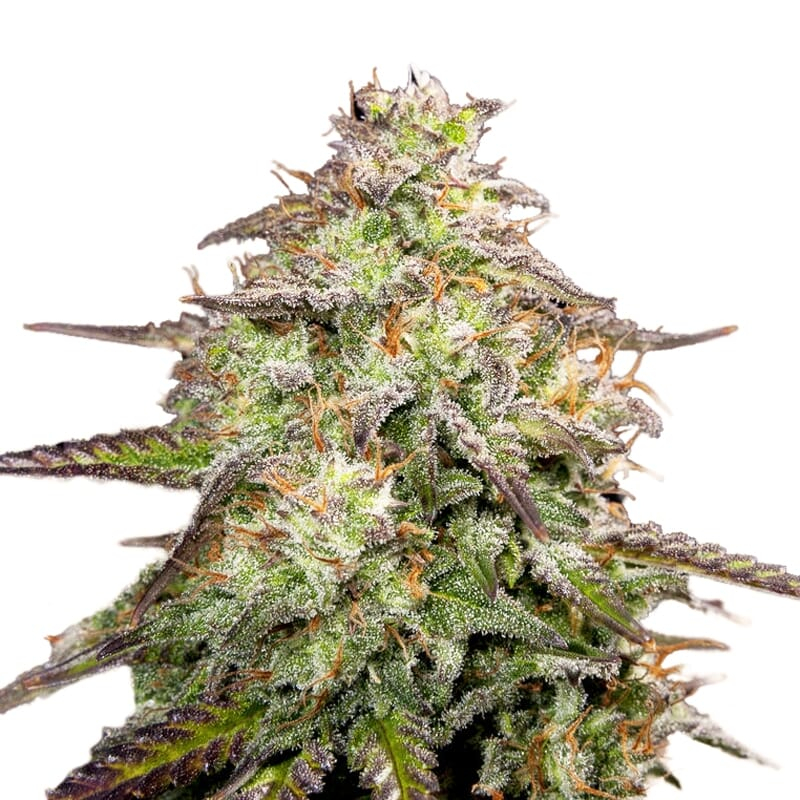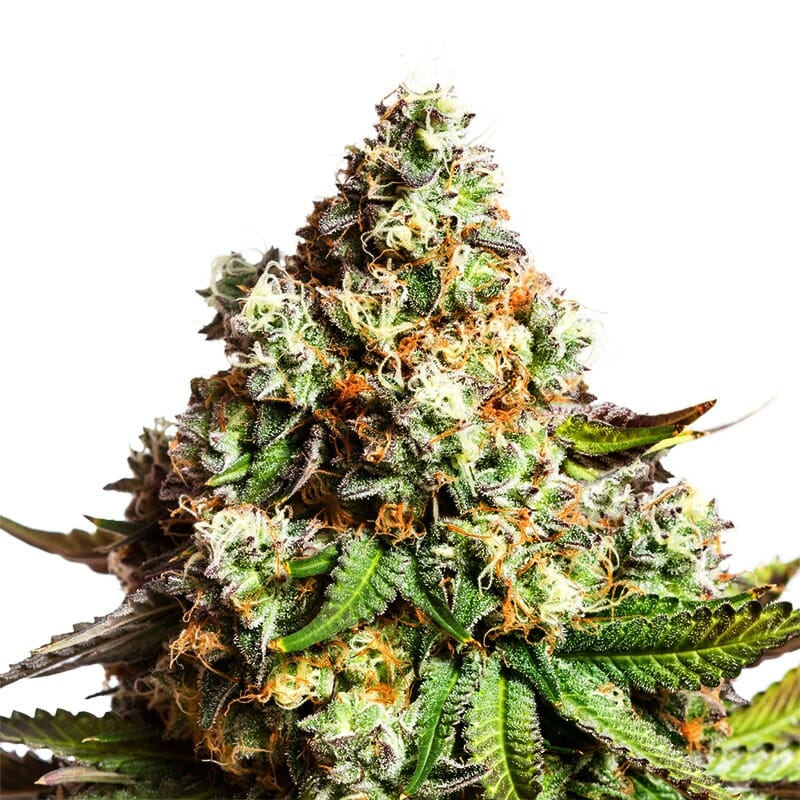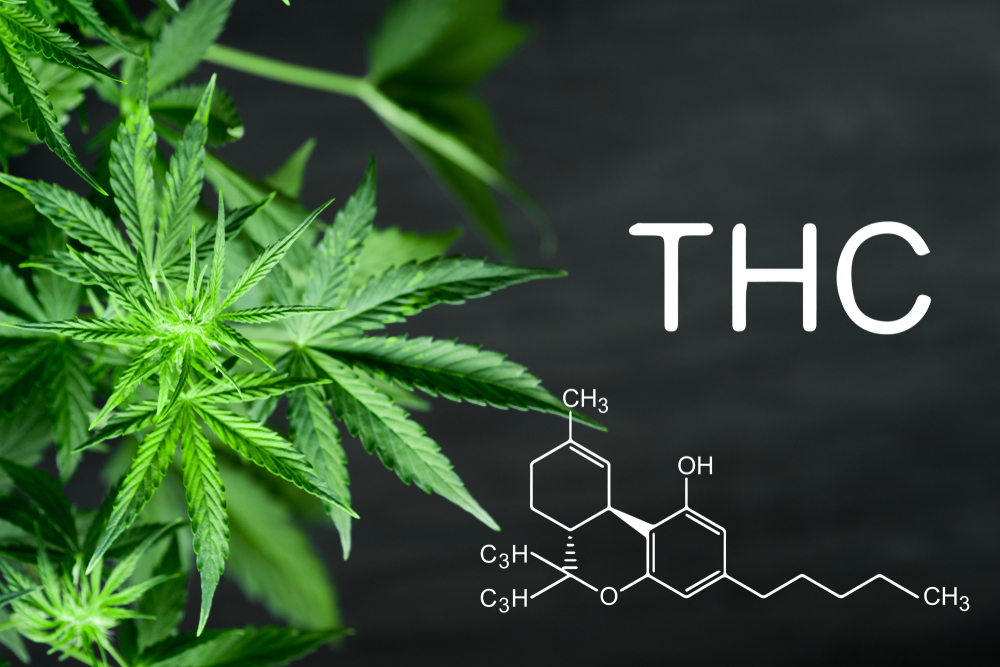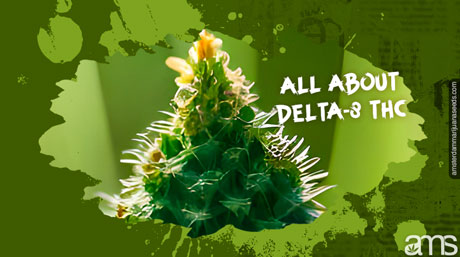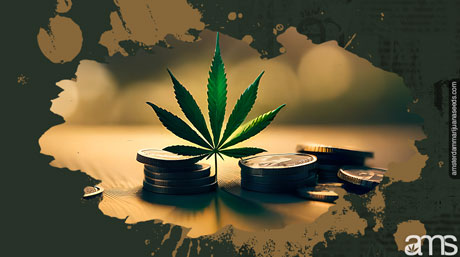The hash family is ever-dynamic. You will perhaps hear the term THC-A crystalline day in and day out if you surround yourself with serious potheads. In fact, it is in such high demand that you will part with serious bucks to have your THC-A crystalline.
The factor attributable to the rarity of this kind of sauce is that not everyone can make it; thus, the high demand is caused by the curiosity to try it out. Notably, you may be in the dark about “what is THC-A crystalline?” Let’s have a more in-depth glance at it and see how it gets made.
THC-A crystalline: Definition
Crystalline is the most potent hash product, and tests show that it harbors 99.9% THCA. These are skyrocketed levels as the most common concentrates, such as BHO and rosin, that harbor Tetrahydrocannabinol levels ranging between 50 and 80%.
Among the critical factors that characterize concentrates is the texture, which comes from the solvent used in manufacturing that specific concentrate. Nonetheless, it is essential to note that when THCA gets purely isolated, it ends up crystallizing; thus, creating crystals. These crystals have a typical difference from the other cannabis concentrates.
Over the past couple of years that this 99.9 THCA product has been in existence, we have noted that several cannabis enthusiasts shun away from crystalline as its physical appearance is the worst among the other concentrates. Nonetheless, what they don’t realize is that the pure THCA in marijuana crystalline provides enough relief to those patients suffering from fatal maladies.
Why is it called THCA crystalline?
Before getting your THC, it’s first in an acidic form. THCA refers to Tetrahydrocannabinolic Acid, which is the compound present in a raw cannabis plant. As the plant continues to dry up, THCA slowly converts to THC, which gets the user high. It is worth noting that THCA doesn’t induce a high, and you can’t benefit from the psychotropic effects associated with recreational pot.
The introduction of heat leads to combustion; thus, it removes the acidic form to be left with pure THCA. Pure THCA doesn’t contain anything else, including CBD, terpenes, flavonoids, et al. After some time of leaving it pure, it crystallizes into a solid state to give it the name THC-A crystalline.
It is also worth mentioning that whenever you hear about the term THC crystalline or THC crystals, that tends to be misinformation as pure THC cannot chemically support a crystalline product. What some people refer to as THC crystals or crystalline is indeed pure THCA crystalline, and converts into THC at the time of consumption, whenever decarboxylation gets involved.
How is THCA crystalline made?
It is a frequently asked question by many today. The first-ever team to make THCA crystalline is Guild Extracts.
As you learn the process at first, you may feel it’s daunting, but it shouldn’t be. To start, you need to use an isolated cannabis plant material. The isolate then gets mixed with acetic acid and hexane, where these two materials separate THC from the plant material.
The extracted material has to be dissolved first and the solution filtered to remove the plant matter. The liquid that remains should then be placed, in an evaporator.
The rotary evaporator uses distinct heat, motion, and pressure values to separate the elements even further. The result is a liquid, which will be referred to as Tetrahydrocannabinolic Acid (THCA). As there are still impurities in the solution, using chromatography.
After that, Chloroform, Sephadex-LH20, and dichloromethane added to the THCA. The crystals get returned to the rotator and mixed with methanol for further isolation.
The solution gets filtered once more to do away with any impurities and returned to the rotator to do away with the methanol. A dissolvent gets used to purify the mixture even further, and that is how one can get a 99.997 THCA purity.
The mixture gets returned to the evaporator once more, and any harmful solvent gets eliminated. That is how THCA crystalline is made. No wonder its gram goes for an average of $200.
Uses of THCA crystalline
Mostly, THCA crystalline get used for a myriad of medical purposes. The good thing with THCA crystalline for medical use is that the patient already knows its potency, and the dosage is precise. The results can, therefore, be based on the dosage, and consistency is almost guaranteed.
For diseases that can be easily treated with THC, then THCA crystalline is ideal since it will work fast inside the body, especially, when the THCA gets decarbed to form THC.
Patients also don’t have to worry about getting high as the usage of THCA before being subjected to heat doesn’t produce any psychoactive effects.
As far as recreational ganja enthusiasts care, the high isn’t similar to what you have been experiencing. There are no flavors, aromas, or terpenes irrespective of the cannabis strain used. It is entirely tasteless, and you won’t benefit from the entourage effect.
Several users report that the effects are double what the praised THC has to offer. However, THCA crystalline is more medicinal than recreational.




